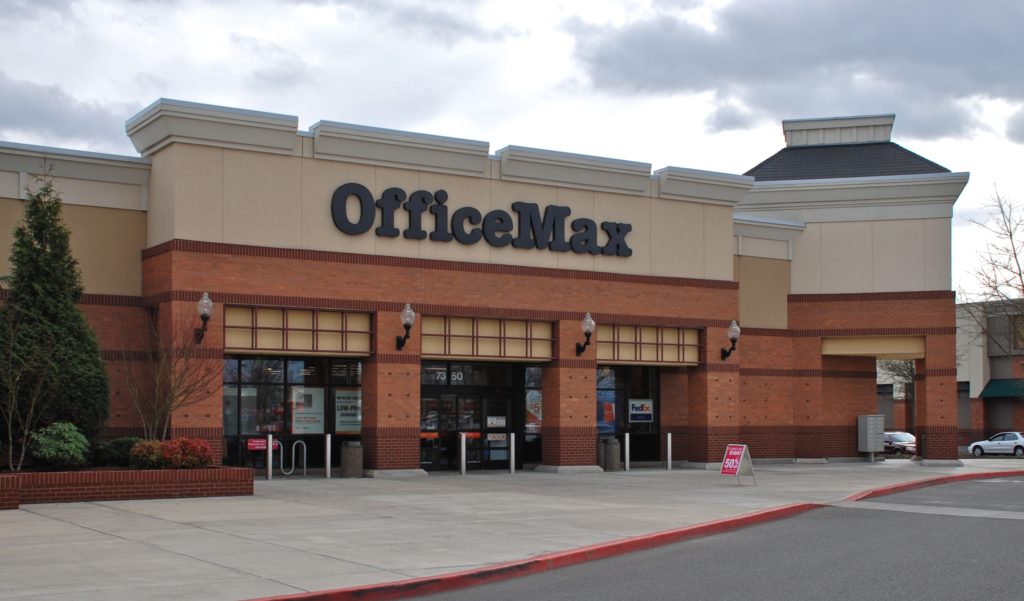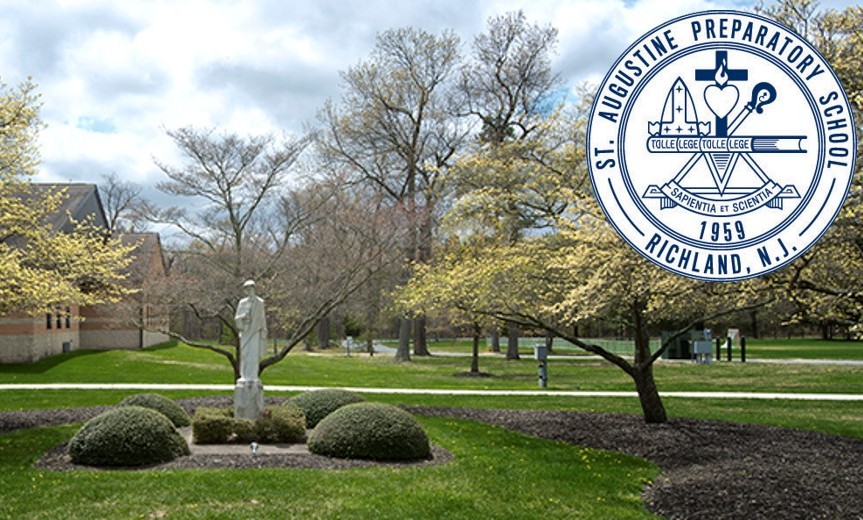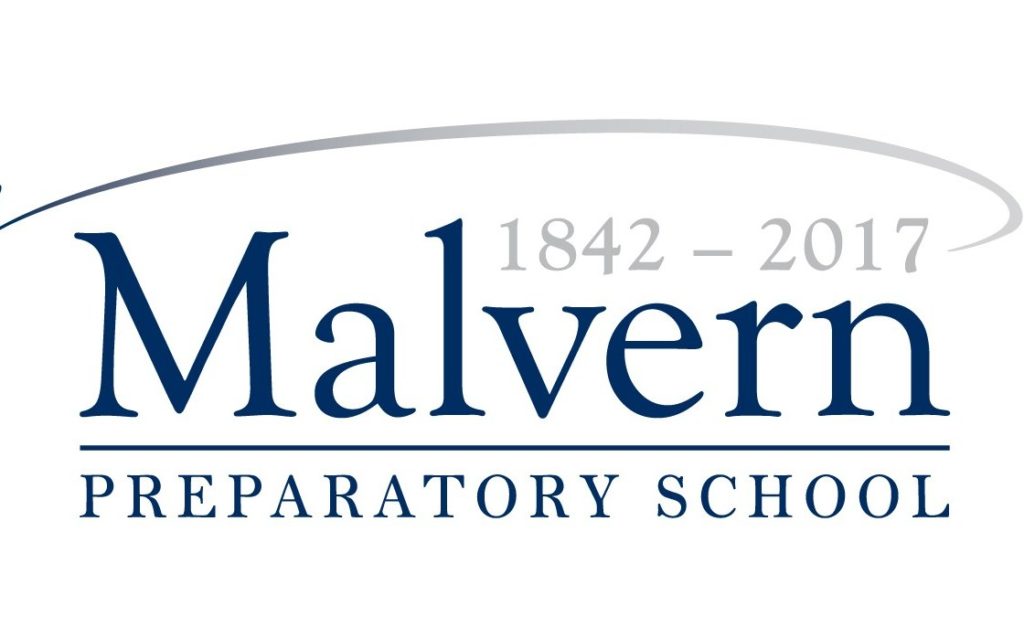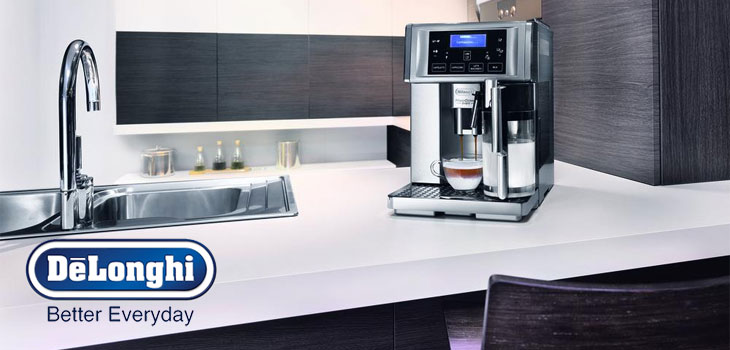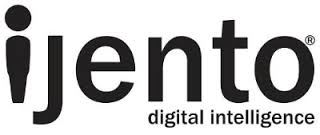How Warm & Competent Alumni Relations Drive Annual Giving
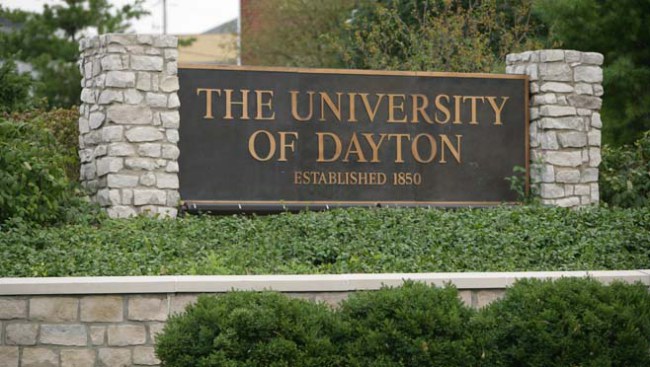
Image Credit: University of Dayton
BACKGROUND
With a history that dates back over 150 years, the University of Dayton (UD) is today recognized as a top-tier national research university and one of the 10 best Catholic universities in the nation. And although enrollment in recent years had grown considerably, underscoring the school’s great appeal, the rate of alumni giving was dropping. But instead of simply redoubling fund raising efforts or targeting more big donors, the university decided to completely rethink its alumni relations and development strategy. To gain deep alumni insights that could guide development of new and more effective alumni outreach and development strategies and programs, they turned to Fidelum Partners and its breakthrough loyalty framework.
SOLUTION
Working from a database that included demographic, giving, participation and interaction records for all UD graduates, Fidelum Partners interviewed a representative sample of nearly 4,000 alumni and analyzed the responses. Using its unique loyalty framework, Fidelum Partners was able to identify five unique segments of alumni, each with differing needs, expectations, and perceptions of UD:
- Satisfied Super Supporters (29%) – proud graduates who are actively involved and contribute over 50% of all giving
- Financially Frustrated Flyers (25%) – proud alumni who are struggling financially and contribute only 10% of all donations
- Proud but Disconnected Donors (19%) – financially successful and proud alumni who’ve lost touch with their college friends, but still contribute 27% of all gifts
- Underserved & Alienated Boomers (15%) – disenchanted alumni who feel that UD has failed them and only contacts them for donations, of which they only contribute 6%
- Angry Isolated Critics (13%) – a smaller portion of alumni who are hostile to UD, resent all fundraising appeals and contribute only 3% of donations
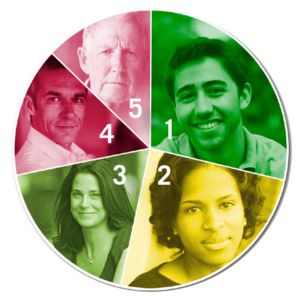
To deeply understand the relationships between UD and each of these segments, Fidelum Partners applied its relational warmth & competence framework, the firm’s breakthrough method for assessing the drivers of loyalty, predicting behavior (such as giving), and identifying areas of weakness that must be improved to strengthen relationships. Over the past several decades, social psychologists deduced that as humans struggled for survival
they had to develop an ability to make two kinds of immediate judgments: What do other people intend toward me? How capable are they of carrying out those intentions? Researchers call these two critical categories of human perception “warmth” and “competence.” Fidelum Partners and a team of leading social psychologists have extended that research, finding that at the deepest level people become loyal to brands and institutions in precisely the same way, instinctively judging them on their warmth and competence. ¹
In UD’s case, alumni warmth and competence perceptions were found to be major drivers of loyalty, total prior giving and actual annual gift levels. Among the most striking findings was the fact that the alumni contributing the most are not necessarily the wealthiest, but those who most strongly perceive UD to be warm and competent. So while alumni must have both the means and the desire to support UD financially, relationships and loyalty tend to outweigh considerations of financial means in the decision to contribute. Moreover, for every one point increase in perceived warmth and competence (on a 7 point scale), alumni loyalty to UD increases by .68 points. Similarly, every one point increase in loyalty generates a 23% increase in the average annual gift, adding over $60 for each alum.

What these findings strongly suggested is that development efforts should be aimed at establishing warm and competent relationships that create loyalty rather than at simply inundating alumni with fund raising appeals. By providing services and fostering relationships that alumni value and desire, UD can create broader-based, long-term loyalty that results in many more alumni giving when they have the means.
Contrary to conventional wisdom in development circles, this approach will allow UD to rebuild and strengthen its alumni relationships by providing support where alumni most need it, while requesting support only where and when it is welcome. Importantly, the new loyalty segmentation developed by Fidelum Partners provides UD with the means to tailor all communication, support and development efforts to closely match the needs and expectations of each alum, enabling sustained growth and success.
NEW STRATEGIC DIRECTION & RESULTS
With the intention of becoming a genuine innovator in university development, UD is now dramatically reshaping its approach to alumni outreach and reorienting it to emphasize lasting relationships and long-term loyalty. During the first year of this new approach, UD reduced the number of fundraising requests by over 50%, but saw a 13-percent increase in alumni annual giving revenue along with a 9-percent jump in the proportion of alumni making gifts that year. Within three years, UD's average annual gift grew by 31% to $236 for each alumnus.
“This work has enabled us to achieve a paradigm shift in our core activities. The old paradigm was about fundraising. Now it’s about relationship management, of which fundraising is just one of the outcomes. It used to be, “Let’s send a letter” and now it’s ‘Let’s make a connection and make it strategically with a particular segment.’”
David Harper
Vice President, University Advancement
University of Dayton“When I think of surveys I think of numbers and counting, but this project was much deeper and more meaningful – measuring behaviors and attitudes – and it was statistically validated. This will define the future of this industry and in ten years will likely become the standard.”
Sundar Kumarasamy
Vice President, Enrollment & Marketing
University of Dayton
¹ Brands as Intentional Agents Framework: How Perceived Intentions and Ability Can Map Brand Perception, Nicolas Kervyn, Susan T. Fiske, and Chris Malone, Journal of Consumer Psychology 22 (April 2012) pp. 166-176.





